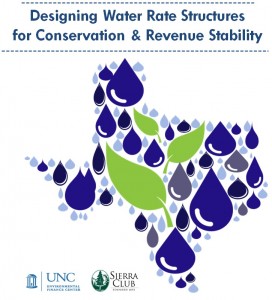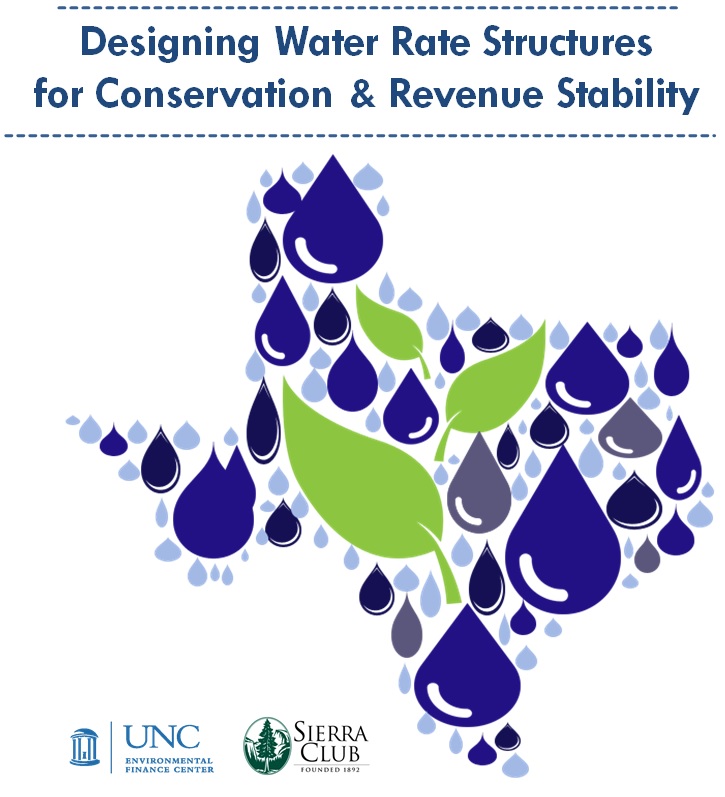“Are our water utility’s rates right?” This is an often difficult question that arises at our workshops and webinars for small water systems, through our direct technical assistance, and which many of our readers may be interested in. While there is no simple answer, we have addressed the issue in a series blog posts on key financial indicators for water systems, including a discussion of conservation signal as a key financial benchmark to consider in rate setting. While the initial answer continues to be “It depends,” another element to consider (among the numerous factors to consider and rank in importance) is revenue stability.
Tag: revenue stability
 Growing up in a country where school uniforms were mandatory, I viewed uniforms as, well …, “boring!” At least that was the way I felt in high school. One of the most engaging classes I can recall was when the English teacher suggested school uniforms as the topic for our oral debate class. No one wanted to be on the team that had to argue in favor of uniforms. But, even though uniforms are a little plain, I can now admit to seeing many benefits to the students who wear them. Similarly, I feel that uniform water rate structures in the United States may have suffered some shunning, partly due to their “plain” nature. Continue reading
Growing up in a country where school uniforms were mandatory, I viewed uniforms as, well …, “boring!” At least that was the way I felt in high school. One of the most engaging classes I can recall was when the English teacher suggested school uniforms as the topic for our oral debate class. No one wanted to be on the team that had to argue in favor of uniforms. But, even though uniforms are a little plain, I can now admit to seeing many benefits to the students who wear them. Similarly, I feel that uniform water rate structures in the United States may have suffered some shunning, partly due to their “plain” nature. Continue reading

Water conservation is critical to meeting the future water needs of Texas. Many programs may be implemented to reduce water use, and a number of utilities across the State are making strong efforts to advance water conservation. One of the most effective methods to driving conservation is water pricing. Used effectively, price can provide a signal to users regarding the value and supply of water so they can adjust their demand accordingly. Unfortunately, rates are also the primary revenue mechanism for utilities that are also tasked with protecting public health and the environment. This can create a disincentive to increase conservation. Fixing this conflict requires rethinking the current business model.





